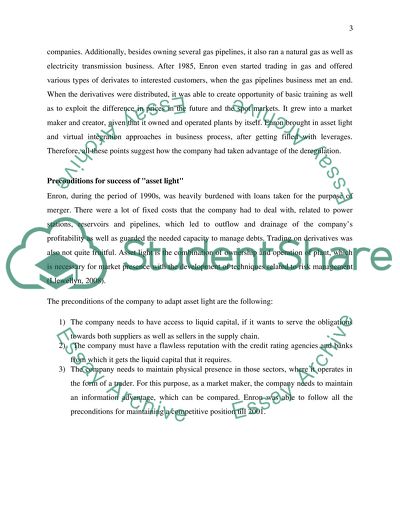Cite this document
(“REGULATION, COMPLIANCE AND GOVERNANCE Essay Example | Topics and Well Written Essays - 2000 words”, n.d.)
Retrieved from https://studentshare.org/finance-accounting/1630133-regulation-compliance-and-governance
Retrieved from https://studentshare.org/finance-accounting/1630133-regulation-compliance-and-governance
(REGULATION, COMPLIANCE AND GOVERNANCE Essay Example | Topics and Well Written Essays - 2000 Words)
https://studentshare.org/finance-accounting/1630133-regulation-compliance-and-governance.
https://studentshare.org/finance-accounting/1630133-regulation-compliance-and-governance.
“REGULATION, COMPLIANCE AND GOVERNANCE Essay Example | Topics and Well Written Essays - 2000 Words”, n.d. https://studentshare.org/finance-accounting/1630133-regulation-compliance-and-governance.


